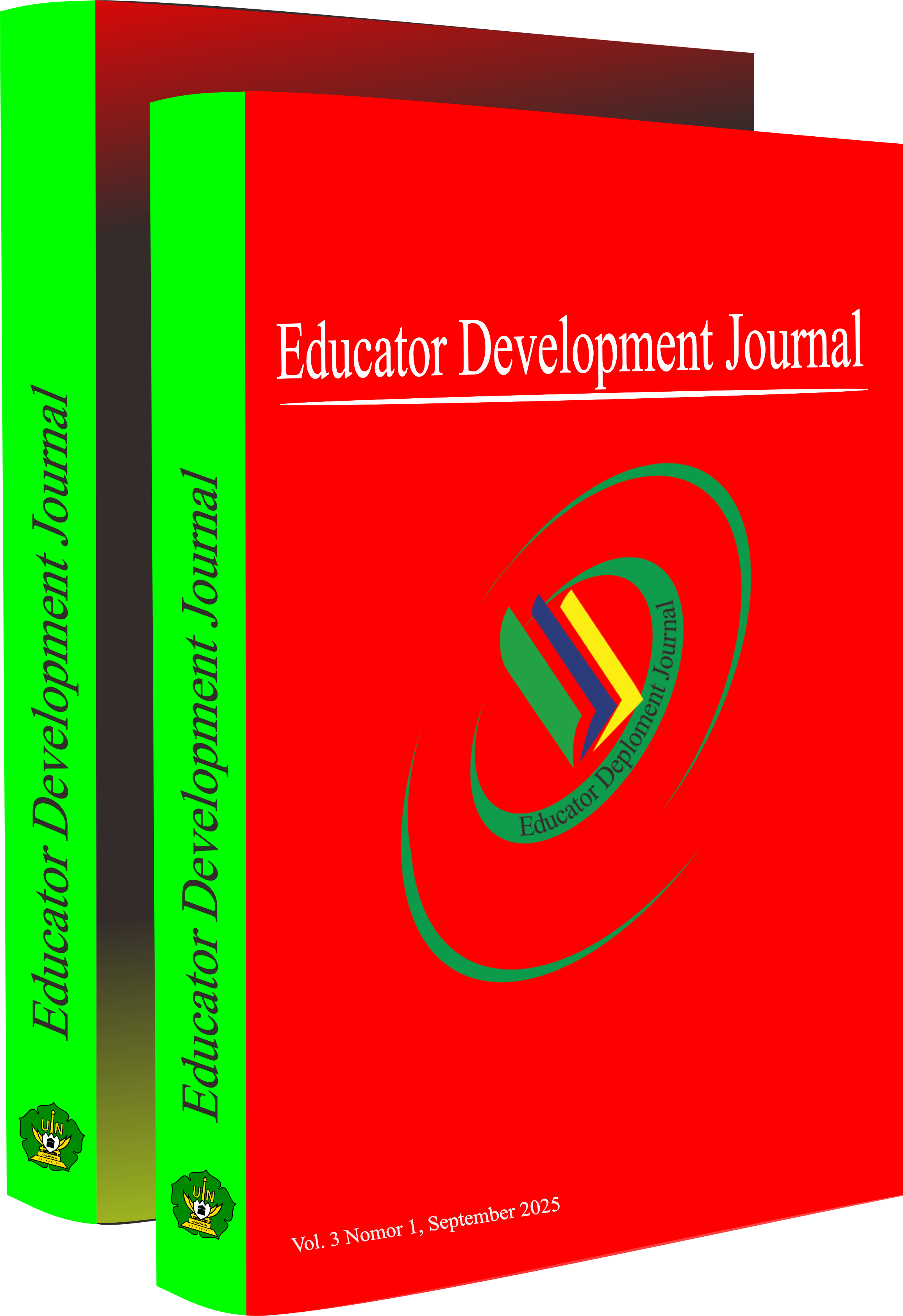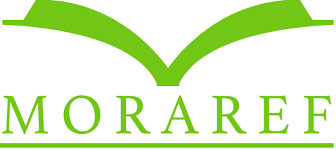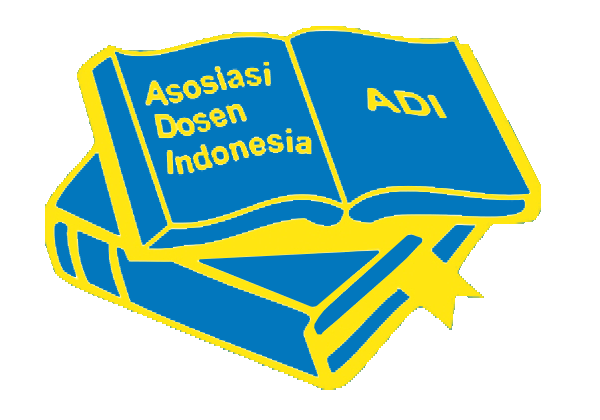A Quantitative Study on Using Dictogloss in Improving Students’ Note-taking Skills in Listening Class.
DOI:
https://doi.org/10.22373/edj.v3i1.7508Keywords:
Note-taking, Dictogloss, and Listening.Abstract
This Quantitative study investigate the use of Dictogloss to improve students’ listening skills in formal setting. The participants were 29 English Department students of UIN Ar-Raniry Banda Aceh. Data were collected through an experimental teaching along with pre-test and post-test, and also questionnaire. The findings indicate that the use of dictogloss affected students’ note-taking skills in which the difference of mean score between pre-test (M = 38,2) and post-test (M = 53,8), and the result of paired samples test also proved that there was a significant difference in the scores. The result shows that dictogloss and note-taking gave positive effect for students listening skill. Moreover, the students could recognize the unfamiliar words by using dictogloss stage as well as lectures be remembered by taking a note.
References
Bozorgian, H. (2012). The relationship between listening and other language skills in international English language testing system. Theory and Practice in Language Study, 2(4), 657–667. https://doi.org/10.4304/tpls.2.4.657-663
Cahyono, B. Y. and W. U. (2009). THE TEACHING OF EFL LISTENING IN THE INDONESIAN CONTEXT : THE STATE OF THE ART. TEFLIN Journal, 194–211.
Barclay, L. A. (1952). Learning to listen or listening to learn: Teaching listening skills to students with visual impairments. New York: AFB Press.
Brown, J. D. (2005). Using surveys in language programs (2nd). Cambridge: Cambridge University Press.
Clark, M., Wayland, S., Osthus, P., Brown, K. G., Castle, S., & Ralph, A. (2013). The effects of note taking on foreign language listening comprehension (an empirical study). University of Maryland center for advanced study of language, 1 – 38.
Field, J. (2009). Listening in the language classroom. Cambridge: Cambridge University Press.
Gay, L. R., & Diehl, P. L. (1992). Research methods for business and management. New York: Macmillan Publishing Company.
Hacher, L. (2003). Step-by-step Basic Statistics Using SAS: Student Guide, North Carolina: SAS Institute Inc.
Mee, M. Y. (1991). Notetaking – An overview. The English teacher, Vol. 20. Retrieved from: repository.um.edu.my/51399/
Oliveira, E. G. N. (2012). Dictogloss. Revista Cientifica de Letras, 8(2), 120 – 130.
Penn State University. (2005). Note taking strategies. Center for academic achievement. Retrieved from: www.sl.psu.edu/caa.
Vasiljevic, Z. (2010). Dictogloss as an interactive method of teaching listening comprehension to L2 learners. English Language Teaching, 3(1).
Wajnyrb, R. (2003). Grammar Dictation (11th). Oxford: Oxford University Press.














